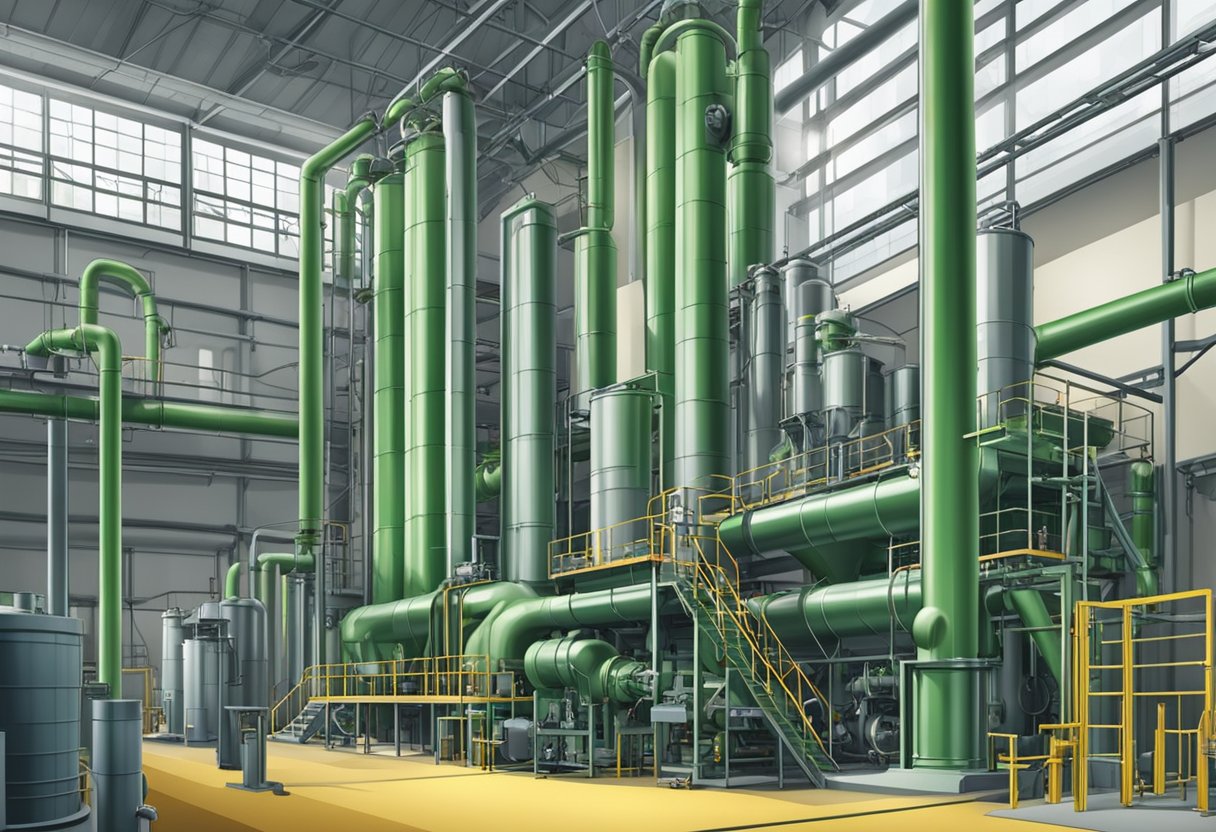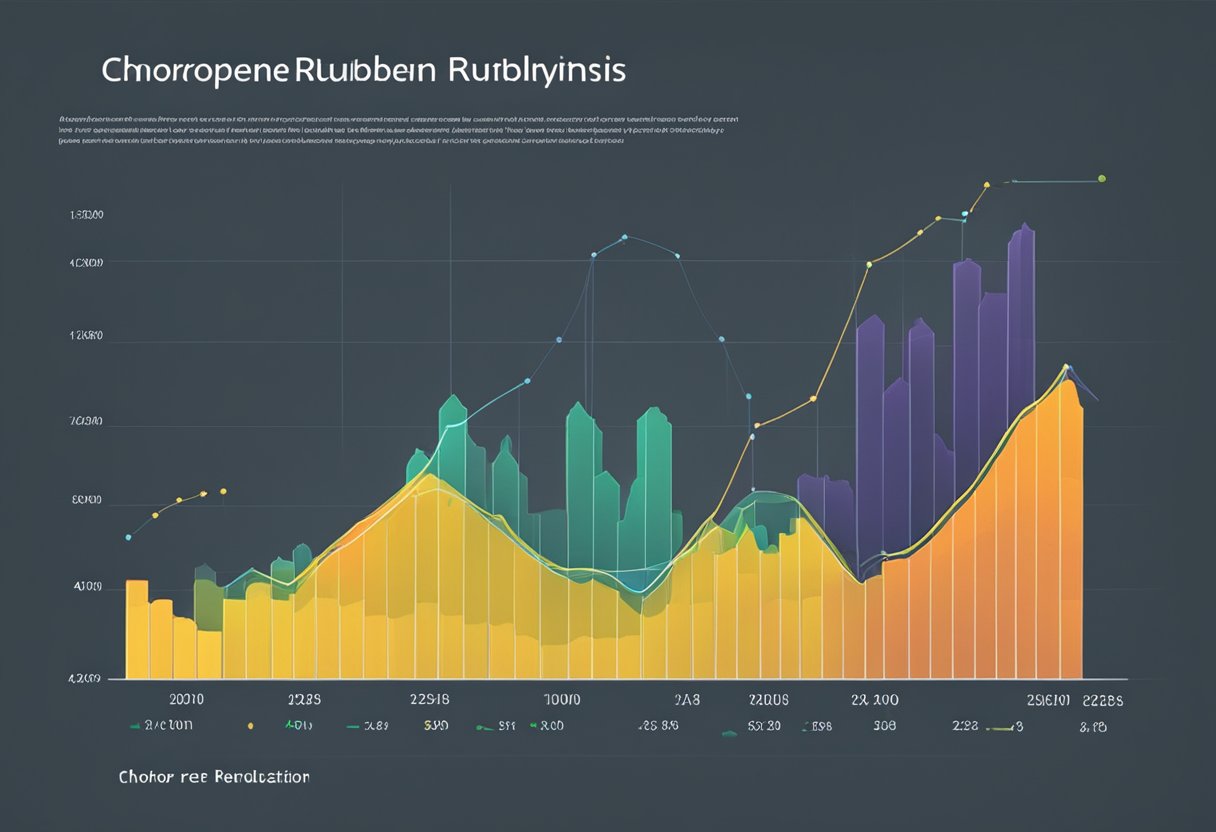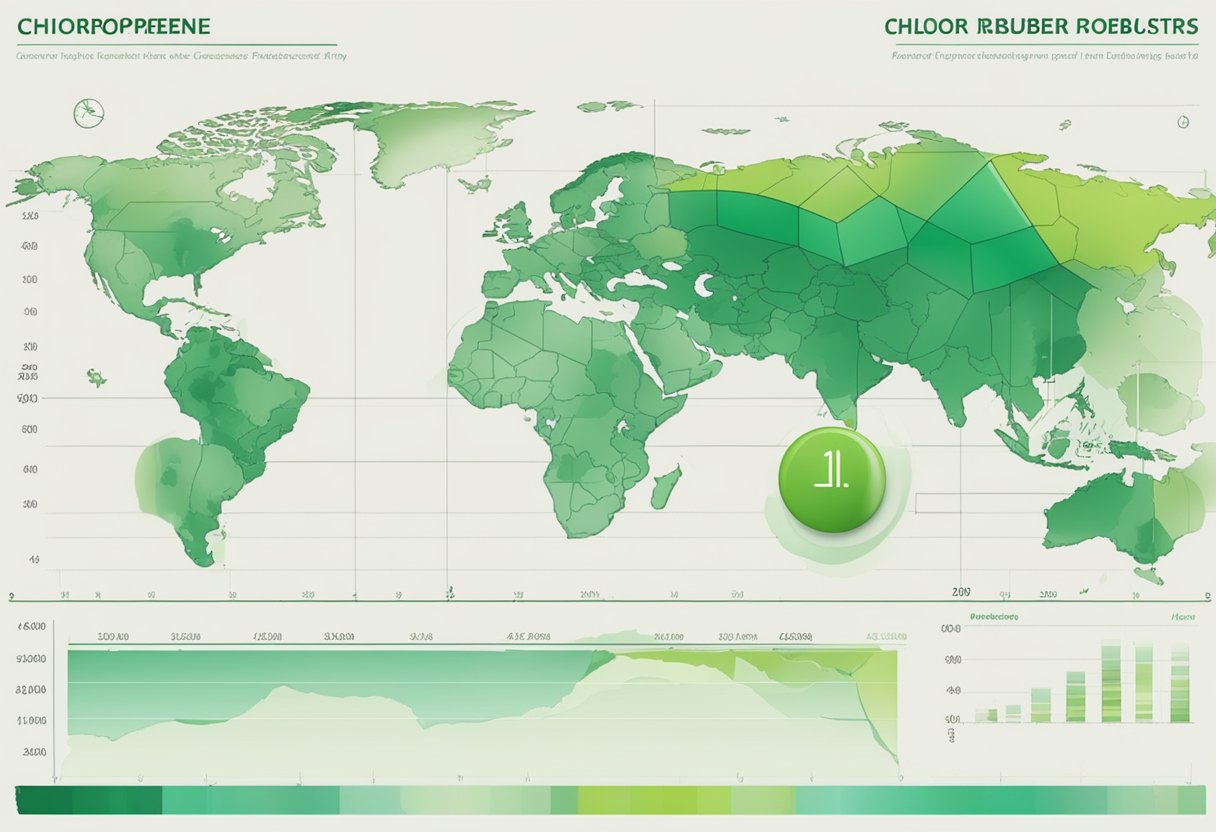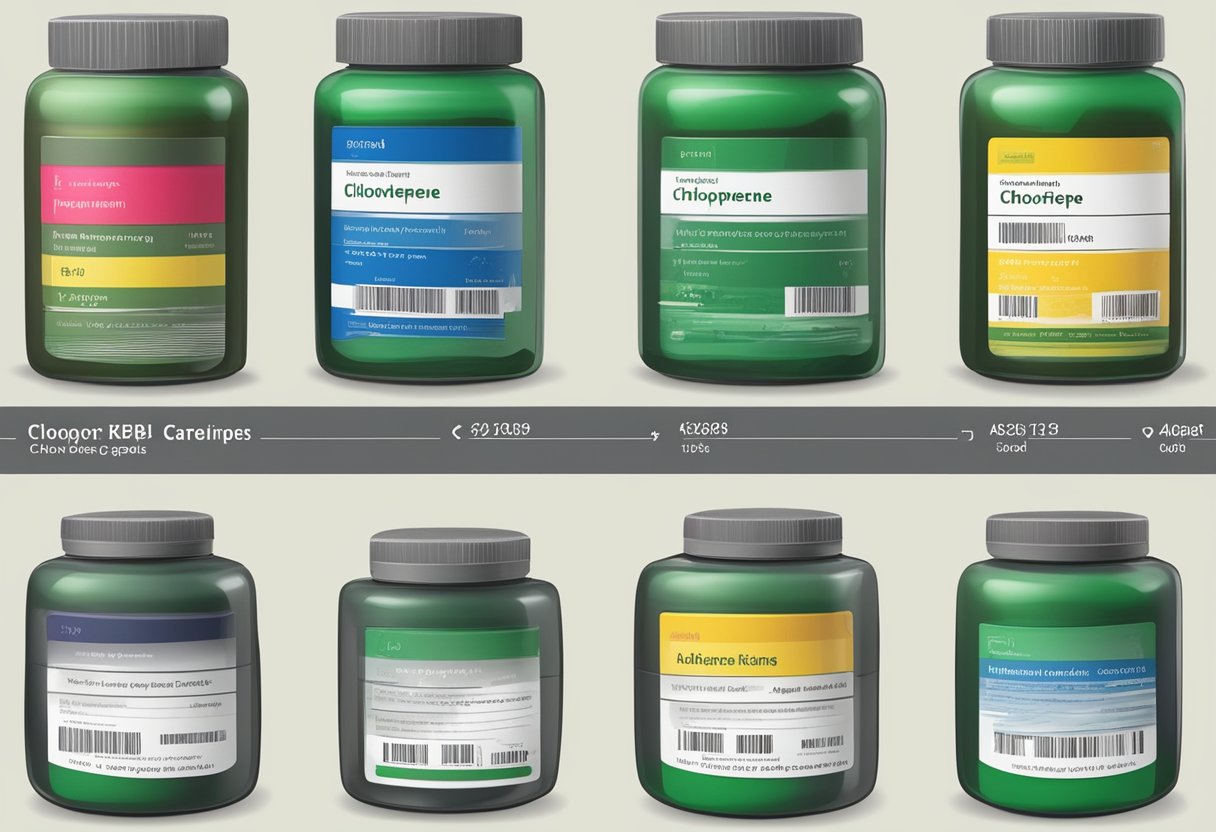Chloroprene Rubber Price Trends and Analysis
19/01/2024
Chloroprene rubber, also known as Neoprene, is a synthetic rubber that is widely used in various industries due to its unique properties. The rubber is known for its excellent resistance to chemicals, oils, and weathering, making it a popular choice for manufacturing products such as hoses, gaskets, and seals. The price of chloroprene rubber is an important factor to consider for businesses that rely on this material.

The price of chloroprene rubber is influenced by various factors such as supply and demand, production costs, and market trends. In recent years, the price of chloroprene rubber has been fluctuating due to the changing market conditions. The supply of chloroprene rubber has been affected by the closure of some production plants, while the demand for the material has been increasing due to its wide range of applications. As a result, the price of chloroprene rubber has been on the rise.
Market Overview

Global Demand
The global demand for chloroprene rubber is expected to grow at a steady pace due to its diverse application across various industries. The automotive industry is one of the major consumers of chloroprene rubber due to its excellent resistance to oil, heat, and weathering. Other industries such as construction, footwear, and electronics also contribute to the demand for chloroprene rubber. The growing demand for eco-friendly and sustainable products is expected to drive the demand for chloroprene rubber in the future.
Supply Dynamics
Chloroprene rubber is primarily produced in China, Japan, and the United States. The production of chloroprene rubber is capital intensive and requires significant investment in research and development. The supply of chloroprene rubber is influenced by factors such as raw material availability, government regulations, and trade policies. The increasing demand for chloroprene rubber is expected to lead to an increase in production capacity in the future.
Price Influencers
The price of chloroprene rubber is influenced by various factors such as raw material prices, production costs, demand-supply dynamics, and government regulations. The volatility of crude oil prices has a significant impact on the price of chloroprene rubber as it is a petroleum-based product. Additionally, the increasing demand for eco-friendly products is expected to lead to an increase in the price of chloroprene rubber in the future due to the high cost of producing sustainable products.
Overall, the market for chloroprene rubber is expected to grow at a steady pace due to its diverse application across various industries. The supply of chloroprene rubber is expected to increase in the future due to the growing demand for the product. However, the price of chloroprene rubber is expected to remain volatile due to various factors such as raw material prices and government regulations.
Historical Price Analysis

Chloroprene rubber is a synthetic rubber that has been in use since the 1930s. Over the years, the price of chloroprene rubber has fluctuated due to various factors such as supply and demand, production costs, and market competition.
In the 1990s, the price of chloroprene rubber was relatively stable, with an average price of around $1.50 per pound. However, in the early 2000s, the price began to rise due to increased demand from the automotive industry and higher production costs. By 2008, the price had reached an all-time high of $3.50 per pound.
The global financial crisis of 2008 had a significant impact on the chloroprene rubber market, causing demand to plummet and prices to drop. By 2009, the price had fallen to around $2.00 per pound.
In the years following the financial crisis, the price of chloroprene rubber remained relatively stable, hovering around $2.00-$2.50 per pound. However, in recent years, the price has begun to rise again due to increased demand from the construction industry and rising production costs.
As of January 2024, the price of chloroprene rubber is around $3.00 per pound, which is higher than the average price over the past decade. It is expected that the price will continue to rise in the coming years due to increasing demand and production costs.
Overall, the historical price analysis of chloroprene rubber shows that the price has been subject to fluctuations over the years due to various factors. However, it is currently experiencing an upward trend due to increased demand and production costs.
Price Trends and Forecasts

Short-Term Outlook
The chloroprene rubber market has experienced fluctuations in prices in the short-term. The prices have been influenced by factors such as supply and demand, economic conditions, and trade policies. The price of chloroprene rubber is expected to remain stable in the short-term. The demand for chloroprene rubber is projected to increase due to its use in various applications such as adhesives, coatings, and cables.
Long-Term Projections
The long-term outlook for the chloroprene rubber market is positive. The demand for chloroprene rubber is expected to increase due to the growth of various end-use industries such as automotive, construction, and electrical and electronics. The market is also expected to witness growth due to the increasing demand for high-performance elastomers. The price of chloroprene rubber is expected to increase in the long-term due to the increase in demand and the cost of raw materials.
Overall, the chloroprene rubber market is expected to witness steady growth in the long-term. The market is projected to witness an increase in demand due to the growth of various end-use industries. The price of chloroprene rubber is expected to remain stable in the short-term and increase in the long-term due to the increase in demand and the cost of raw materials.
Chloroprene Rubber Grades and Pricing

Chloroprene rubber is a versatile synthetic rubber used in a variety of applications, including adhesives, coatings, and industrial products. The pricing of chloroprene rubber varies depending on the grade and quality of the material.
There are several grades of chloroprene rubber available in the market, each with its unique set of properties and applications. The most common grades of chloroprene rubber include:
- General-purpose grade: This grade of chloroprene rubber is the most commonly used and is suitable for a wide range of applications. It has good resistance to oil, heat, and weathering.
- Specialty grade: This grade of chloroprene rubber is designed for specific applications, such as electrical insulation, flame resistance, and low-temperature resistance.
- High-performance grade: This grade of chloroprene rubber is designed for high-stress applications, such as automotive belts and hoses. It has excellent resistance to oil, heat, and abrasion.
The pricing of chloroprene rubber varies depending on the grade and quality of the material. The general-purpose grade of chloroprene rubber is the most affordable, while the high-performance grade is the most expensive.
The price of chloroprene rubber is also affected by the cost of raw materials, production costs, and market demand. The prices of chloroprene rubber can fluctuate depending on these factors.
In conclusion, the pricing of chloroprene rubber varies depending on the grade and quality of the material, as well as the cost of raw materials, production costs, and market demand. It is important to consider these factors when selecting the appropriate grade of chloroprene rubber for your application.
Regional Market Analysis
North America
In North America, the chloroprene rubber market is expected to witness steady growth due to the increasing demand from the automotive and construction industries. The demand for chloroprene rubber is also expected to increase in the medical industry due to its excellent resistance to oils, chemicals, and heat. The major players in the North American market are expected to focus on product innovation and strategic partnerships to maintain their market position.
Europe
The European chloroprene rubber market is expected to witness moderate growth due to the increasing demand from the automotive and construction industries. The demand for chloroprene rubber is also expected to increase in the electrical and electronics industry due to its excellent electrical insulation properties. The major players in the European market are expected to focus on expanding their product portfolio and increasing their production capacity to meet the growing demand.
Asia-Pacific
The Asia-Pacific chloroprene rubber market is expected to witness significant growth due to the increasing demand from the automotive, construction, and electrical and electronics industries. The demand for chloroprene rubber is also expected to increase in the medical industry due to its excellent resistance to oils, chemicals, and heat. The major players in the Asia-Pacific market are expected to focus on expanding their production capacity and increasing their market presence through mergers and acquisitions.
Overall, the chloroprene rubber market is expected to witness steady growth across all regions due to its excellent properties and increasing demand from various industries.
Industry Applications
Chloroprene rubber is a versatile material that finds applications in a wide range of industries. Some of the most common applications of chloroprene rubber are in the automotive and industrial product sectors.
Automotive
Chloroprene rubber is widely used in the automotive industry due to its excellent resistance to oil, heat, and ozone. It is commonly used in the manufacturing of automotive belts, hoses, and seals. The material’s durability and resistance to abrasion make it ideal for use in heavy-duty applications such as engine mounts, suspension bushings, and shock absorber mounts.
Industrial Products
Chloroprene rubber is also used in various industrial products due to its excellent resistance to chemicals, weathering, and aging. It is used in the production of conveyor belts, gaskets, and seals. The material’s high tensile strength and tear resistance make it suitable for use in the manufacture of industrial hoses, cable jackets, and roofing membranes.
In addition to its use in the automotive and industrial sectors, chloroprene rubber is also used in the production of adhesives, coatings, and other specialty products. Its unique properties make it a popular choice for applications that require a high level of durability and resistance to environmental factors.
Overall, chloroprene rubber is a versatile material that finds applications in a wide range of industries. Its unique properties make it a popular choice for applications that require durability, resistance to chemicals, and weathering.
Price Comparison with Alternative Rubbers
Chloroprene rubber, also known as neoprene, is a popular synthetic rubber used in a wide range of applications due to its excellent resistance to heat, oil, and chemicals. However, its price can be higher compared to other alternative rubbers in the market.
One of the most common alternatives to neoprene is nitrile rubber, also known as NBR. Nitrile rubber is widely used in the automotive and industrial sectors due to its excellent resistance to oil and fuel. The price of nitrile rubber is generally lower than neoprene, making it a popular choice for applications where cost is a primary concern.
Another alternative to neoprene is silicone rubber, which is known for its excellent heat resistance and flexibility. However, silicone rubber is generally more expensive than neoprene and is not recommended for applications that require resistance to oil or fuel.
In addition to nitrile and silicone rubber, there are other alternative rubbers such as EPDM, SBR, and natural rubber that are commonly used in various applications. The price of these rubbers varies depending on the specific application and market conditions.
Overall, while neoprene may be more expensive compared to some alternative rubbers, it offers unique properties that make it a preferred choice for certain applications. It is important to consider the specific requirements of the application when selecting a rubber material, including factors such as resistance to heat, oil, and chemicals, as well as cost.
Factors Affecting Chloroprene Rubber Prices
Chloroprene rubber, also known as neoprene, is a synthetic rubber that is widely used in various applications such as automotive, construction, and electrical industries. The price of chloroprene rubber is influenced by several factors, including:
1. Raw Material Prices
The cost of producing chloroprene rubber is heavily dependent on the prices of its raw materials, such as butadiene and chlorine. Any fluctuations in the prices of these raw materials can significantly impact the cost of producing chloroprene rubber and, in turn, affect its market price.
2. Supply and Demand
The supply and demand of chloroprene rubber in the market also play a crucial role in determining its price. If the demand for chloroprene rubber is high, but the supply is limited, the price of the product is likely to increase. Conversely, if the supply is high, but the demand is low, the price is likely to decrease.
3. Production Capacity and Technology
The production capacity and technology used in the manufacturing of chloroprene rubber can also affect its price. If the production capacity is high, the cost of production per unit is likely to decrease, resulting in a lower market price. Similarly, if the manufacturing process involves advanced technology, the cost of production may increase, leading to a higher market price.
4. Environmental Regulations
Environmental regulations imposed by governments can also impact the price of chloroprene rubber. The production of chloroprene rubber involves the use of several hazardous chemicals that can harm the environment. Therefore, if the government imposes strict regulations on the production of chloroprene rubber, the cost of production may increase, leading to a higher market price.
In conclusion, the price of chloroprene rubber is influenced by several factors, including raw material prices, supply and demand, production capacity and technology, and environmental regulations. Understanding these factors can help manufacturers and consumers make informed decisions about the price and availability of chloroprene rubber.




